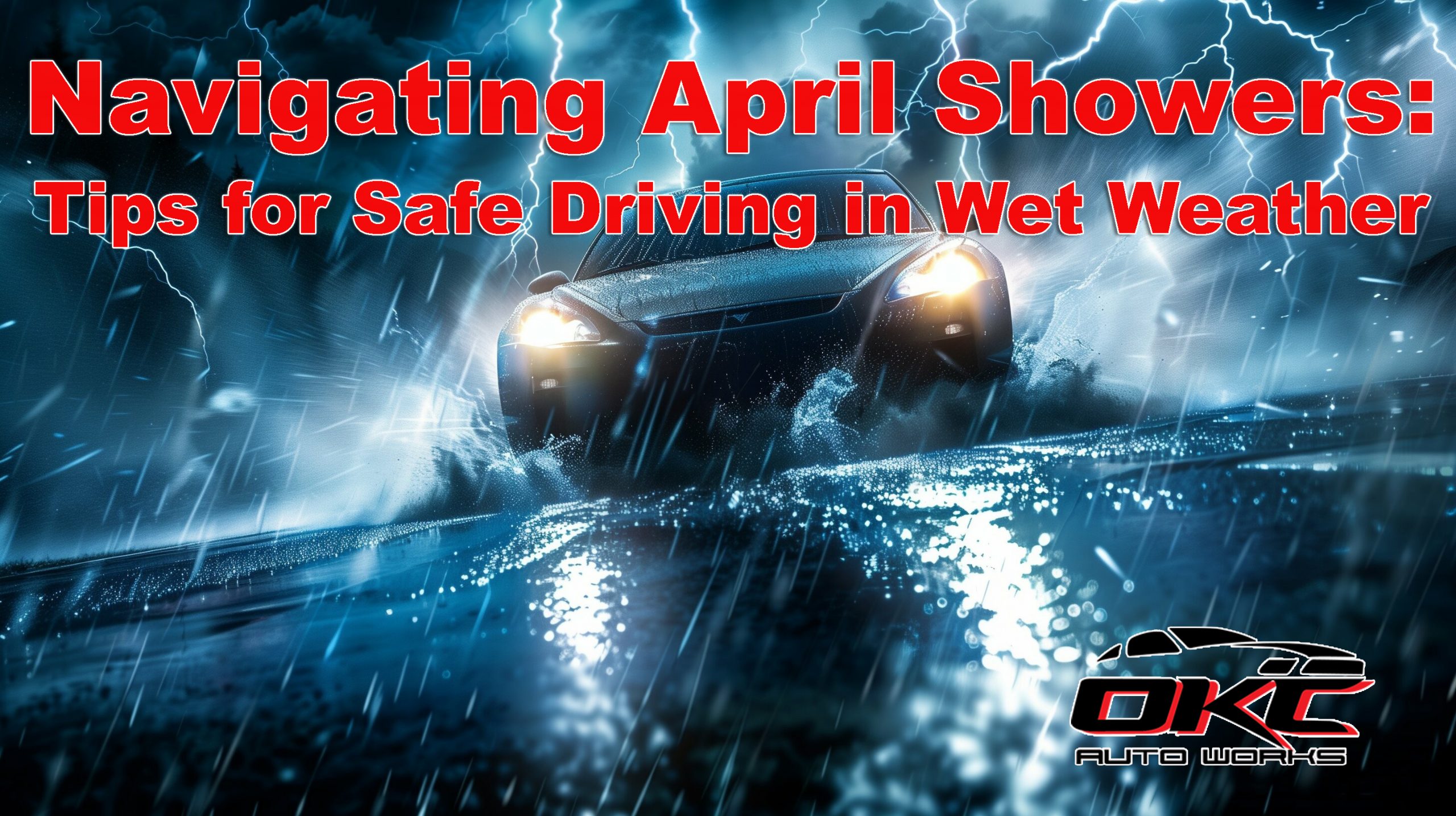April showers bring more than just May flowers; they also bring a host of hazards for drivers. As rain pours down, roads become slick, visibility diminishes, and the risk of accidents rises. However, with some precautionary measures and smart driving strategies, motorists can safely navigate through the rainy season.
- Stay Informed: Before hitting the road, check weather forecasts to anticipate rain showers. Knowing when to expect wet weather allows you to plan your travel accordingly, possibly avoiding driving during heavy downpours.
- Maintain Your Vehicle: Ensure your vehicle is in optimal condition for wet weather driving. Check your windshield wipers, tires, brakes, and headlights to ensure they are working properly. Proper maintenance reduces the likelihood of mechanical failures while on the road.
- Slow Down: Reduce your speed when driving in the rain. Wet roads reduce traction, increasing the distance required to stop your vehicle. Slowing down gives you more time to react to sudden changes in road conditions and reduces the risk of hydroplaning.
- Increase Following Distance: Maintain a safe distance between your vehicle and the one in front of you. A greater following distance allows for more reaction time if the vehicle ahead suddenly stops or encounters an obstacle. It also reduces the chance of rear-end collisions.
- Use Proper Lighting: Turn on your headlights to improve visibility, even during daylight hours. This not only helps you see better but also makes your vehicle more visible to other drivers, reducing the risk of collisions.
- Avoid Cruise Control: Disengage cruise control when driving in wet conditions. Cruise control can make it harder to maintain control of your vehicle on slippery roads, as it may cause your vehicle to accelerate unexpectedly if it begins to hydroplane.
- Be Cautious at Intersections: Approach intersections with caution, as they can become particularly hazardous during heavy rain. Reduce your speed and be prepared to stop suddenly if needed, as other drivers may have difficulty seeing traffic signals or may skid on wet pavement.
- Avoid Standing Water: Steer clear of large puddles or standing water on the road. It’s challenging to gauge the depth of water, and driving through deep puddles can cause your vehicle to hydroplane or stall.
- Stay Focused: Minimize distractions while driving in wet weather. Keep both hands on the wheel, avoid using electronic devices, and stay focused on the road ahead. Maintaining concentration enhances your ability to react quickly to changing conditions.
- Know When to Pull Over: If the rain becomes too heavy or visibility is severely compromised, consider pulling over to a safe location until conditions improve. It’s better to arrive at your destination a bit later than to risk your safety by driving in hazardous conditions.
By following these tips and exercising caution, drivers can mitigate the risks associated with driving in April showers. Remember, safety should always be the top priority when behind the wheel, especially when facing challenging weather condition

